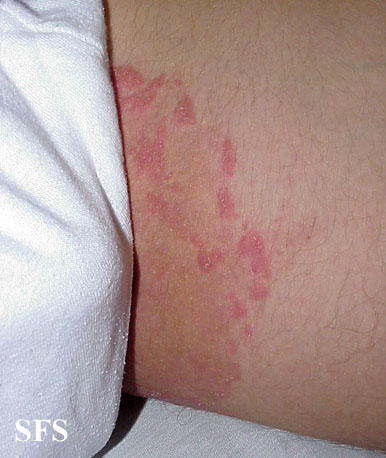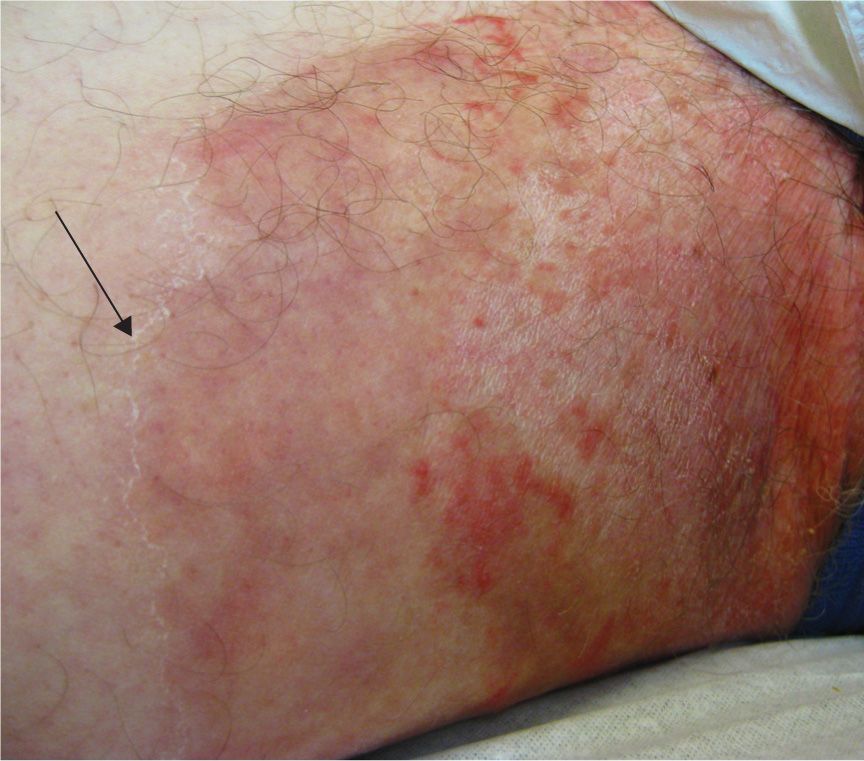
This brief review focuses on the diagnosis and management of tinea cruris, a skin infection caused by pathogenic fungi known as dermatophytes. The disease typically starts in the inguinal skin fold and progresses to involve the thighs, buttocks, and pubic region. The scrotum and penis are typically spared, but in more severe cases it may affect these areas.
Treatment for Tina cruris involves the application of a topical antifungal. In 80-90% of cases, the condition clears up on its own, but recurrence can occur, so it is important to identify the cause of your case and address any underlying causes. It is also necessary to stop antibiotic use before mycological cure can occur. Residual hyperpigmentation may occur in patients with darker skin.
There are a few factors that contribute to the development of this infection. Although it affects both sexes equally, men are at increased risk of developing it. Women with a family history of dermatophytes are more likely to develop it than those without it. The most common cause is moist, warm weather, and wearing wet clothing. Obese individuals have a greater risk of this disease, due to their skinfolds trapping moisture.
Despite this high incidence, treatments for Tina cruris can lead to a cure in up to eighty percent of cases. However, the disease is prone to recurrence, so it is important to identify the underlying causes and treat them accordingly. Mycological cure requires a period of time after the onset of symptoms, so it is crucial to take precautions. In addition, recurrences may be accompanied by residual hyperpigmentation.
While treatment for the condition of tinea cruris is generally effective, the disease can be difficult to treat. There are several factors that may be causing your fungus to thrive. These include genetics and the skin’s sensitivity to moisture. The best treatment for Tina cruris is prevention. Fortunately, it is relatively simple and can be done at home with minimal side effects. So, it is vital to understand the symptoms of Tina cruris so that you can treat the infection accordingly.
The main symptoms and treatment of Tina cruris are not completely clear. The fungus needs to be eradicated before the itch is cured. In most cases, it clears up on its own, but recurrences can still occur. As a result, you must identify the underlying cause to get rid of the fungus. You can also find out if the symptoms are related to allergies.

Most cases of Tina cruris will clear up on their own within a few weeks, although recurrence can occur. As with most infections, predisposing factors must be addressed to prevent the infection from recurring. It is important to discontinue antifungal treatments and follow the treatment regimen for at least six months after you begin seeing your doctor. If you have a history of a previous occurrence, your doctor will likely prescribe a different medication for your condition.
During a recurrence of Tina cruris, treatment should be aimed at addressing predisposing factors, which may include obesity. You should consider topical antifungals for Tina cruris and consider getting a culture of the fungus if you suspect a skin infection. This is a very effective treatment for Tina cruris. Using an antifungal cream may be beneficial for you, but you should also check with your doctor or visit https://www.saludremediosar.com/
to make sure the treatment is right for you.
The most important part of treatment is identifying and treating the fungus. This condition is caused by dermatophytes. It is usually a fungal infection that affects the groin area. The fungus that causes this condition is a dermatophyte. The disease can be easily distinguished by the clinical picture and the presence of a fungal culture.
Skin infections are common and can lead to serious complications. The most common symptoms are blisters and sores. These infections most often occur in warm, humid weather and in people who exercise. This is also associated with tight-fitting clothing. In some cases, it coexists with tinea pedis. When the two conditions are closely related, one of the factors that can cause infection is clothing autoinoculation.